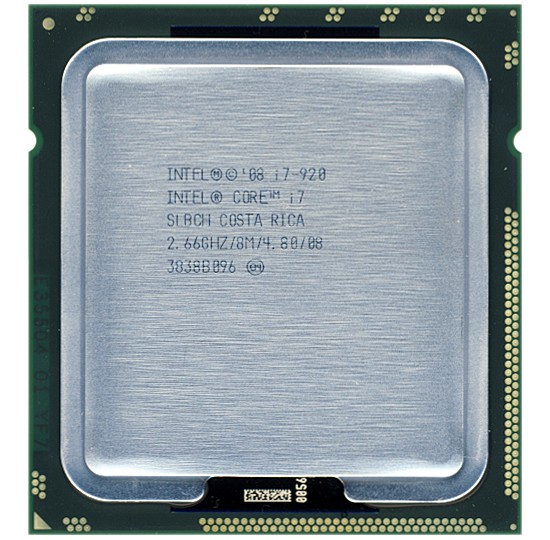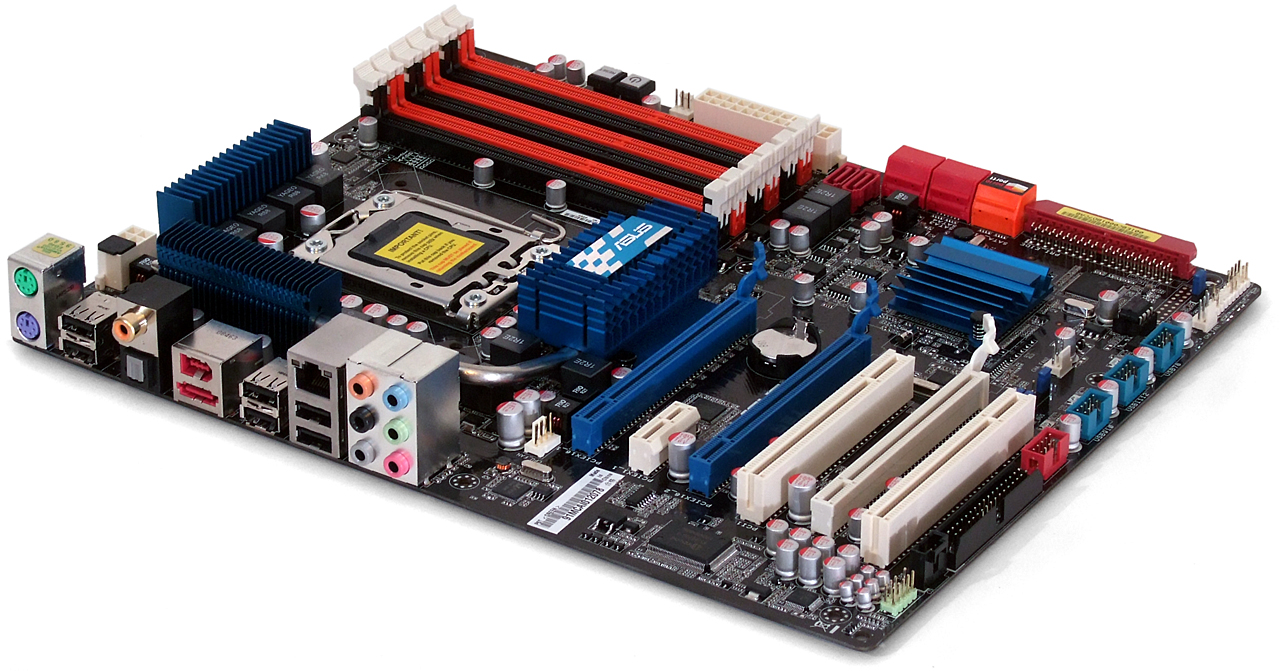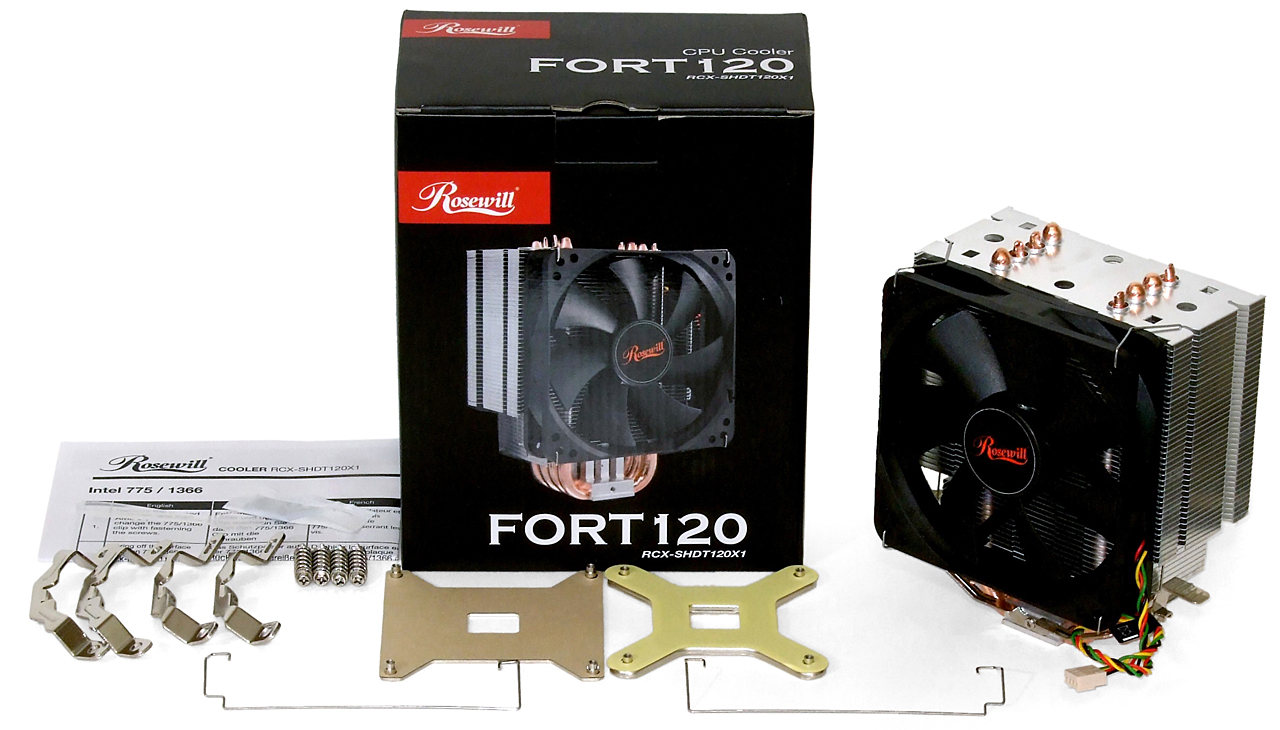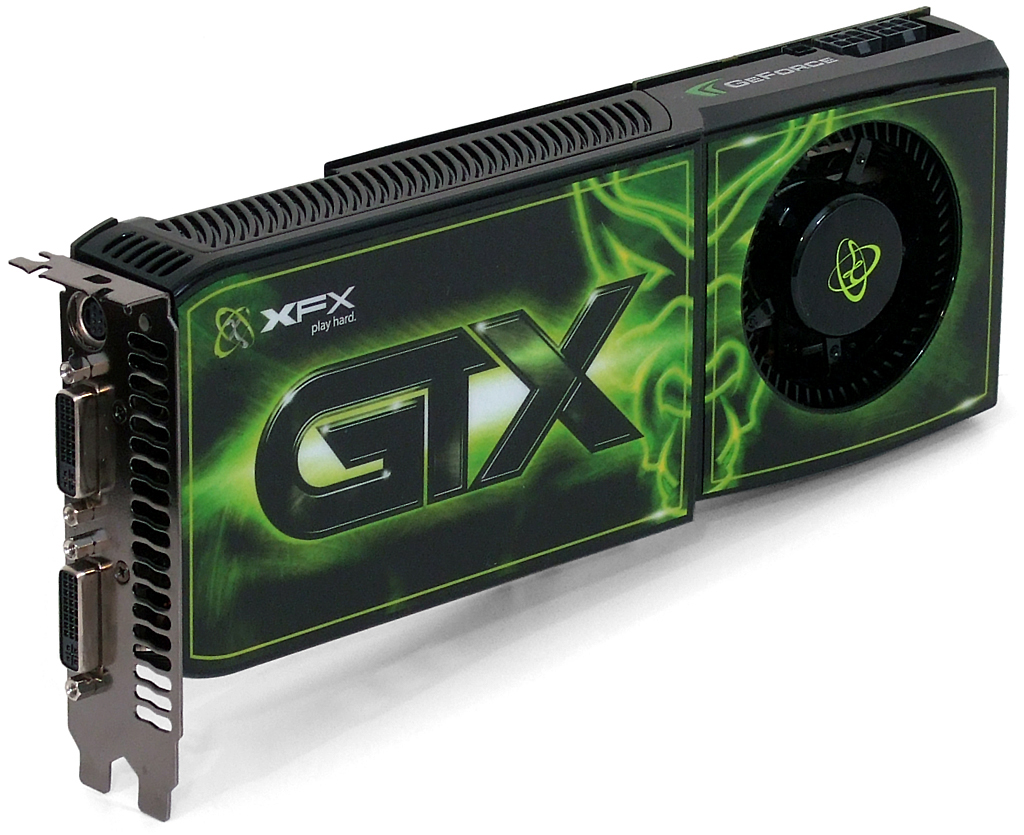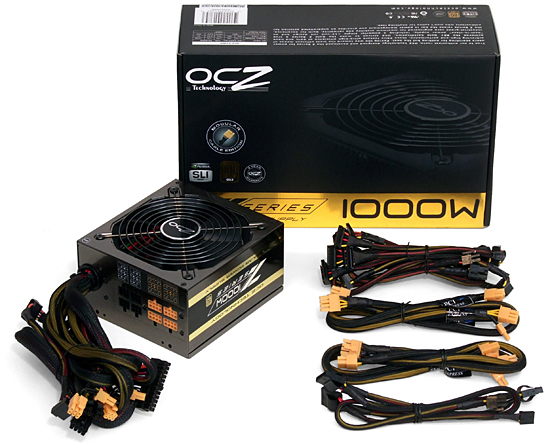Part 2: Four More Gaming Enclosures Under $50
Garnering playable frame rates from entry-level hardware often requires ambitious overclocking. We test four gamer-oriented cases to see if they're able to serve up the cooling needed to push mainstream hardware to hardcore performance levels.
Test Settings
| Test System Configuration | |
|---|---|
| CPU | Intel Core i7-920 (2.66 GHz, 8 MB Shared L3 Cache) O/C to 3.80 GHz (19 x 200 MHz), 1.416 V |
| Motherboard | Asus P6T, X58 Express IOH BIOS 0801 (09/30/2009) |
| RAM | Kingston KHX2133C9D3T1K2/4GX (4 GB), DDR3-2133 at DDR3-1600 CAS 8-8-8-24 |
| Graphics | XFX GeForce GTX 285 1 GB 670 MHz GPU, GDDR3-2500 |
| Hard Drive | Western Digital Velociraptor WD3000HLFS, 300 GB 10 000 RPM, SATA 3Gb/s, 16 MB cache |
| Sound | Integrated HD Audio |
| Network | Integrated Gigabit Networking |
| Power | OCZ-Z1000 1000 W Modular ATX12V v2.2, EPS12V, 80 PLUS Gold |
| Software | |
| OS | Microsoft Windows 7 Ultimate x64 |
| Graphics | Nvidia GeForce 190.62 WHQL |
| Chipset | Intel INF 9.1.1.1014 |
Overclocking Intel’s C0 stepping Core i7-920 to 3.80 GHz allows us to test how well each case is able to remove large amounts of heat from its interior.
Keeping our system stable at high temperatures and loads is Asus’ original P6T motherboard.
A 2400 RPM fan keeps Rosewill’s oversized Fort 120 cool under pressure, while helping us to evaluate the noise isolation capabilities of each chassis.
An XFX GeForce GTX 285 adds even more heat and noise, especially in this factory-overclocked version.
OCZ’s Z1000 modular power supply keeps voltage stable on our mid-power system, even when it encounters relatively high case temperatures.
| Benchmark Configuration | |
|---|---|
| Prime 95 v25.8 | 64-bit executable, Small FFT's, 7-threads |
| FurMark 1.6.5 | Windowed Mode, 1280x1024, 8X AA, Stability Test Minimum and maximum temperature |
| RealTemp 3.40 | Highest core reading at full CPU load (60 minutes) Highest core reading at 30 minutes idle |
| Galaxy CM-140 SPL Meter | Tested at 1/4m, corrected to 1m (-12db), dBA weighting |
Dedicating seven CPU threads to Prime95 and a single CPU thread to FurMark allows both programs to push peak power consumption and heat production simultaneously. Galaxy’s CM-140 meter tracks noise levels.
Get Tom's Hardware's best news and in-depth reviews, straight to your inbox.
-
The Antec 300 is the only case in the roundup that doesnt look and feel like your buying a cheap ass case. It is well worth the extra money and I dont think anyone should really consider building with anything less.Reply
-
AMW1011 stm1185The Antec 300 is the only case in the roundup that doesnt look and feel like your buying a cheap ass case. It is well worth the extra money and I dont think anyone should really consider building with anything less.Reply
Have you actually used an Antec 300? The quality is only average. Plus it lacks a lot of features that all the others have. Seems pretty cheap ass to me.
Note I've used one Antec 300 and two Rosewill Challengers in different builds. Quality wise I would put them pretty close, the Antec 300's paint finish is like sand paper, where the Challenger is smooth, however the Antec 300 has slightly thicker metal. Feature-wise, its no comparison, and everyone who saw them together preferred the challenger.
Nice review Tom's. Hopefully you will move on to some more gamer class cases ($50-$100). -
wielander "Rosewill destroyed NZXT’s value leadership goals by putting a greater number of fans in an otherwise-similar chassis at the same price."Reply
Except that the NZXT gamma costs $7 less shipped (current and suggested prices) and has for a while now. -
sparkle_ftw I hope the HAF 912 get reviewed and compared. And centurion 590... but that is old and tom's did something with it a while agoReply -
ceps I love my NZXT Gamma (mostly cos no floppy slot and mate finish), although as mentioned, u need to buy fans, 6 fan slots but only 1 included.Reply -
takeapieandrun Its pretty cool how cheap cases nowadays can top cases like the Antec 900 in some aspects.Reply -
TommyV no offense to anyone who owns one of these cases, but all four of those cases are really ugly. All but the rosewill looks like a busted up autobot.Reply -
RazberyBandit Well, you showed us 4 cases, but truly just two designs. The NZXT and Rosewill are almost identical, while the AeroCool and Silverstone are as well. You could have paired each general design together and pointed out their subtle differences simultaneously.Reply
If I were truly on a tight budget, I might consider one of these designs. But, it's easily argued that there are higher quality and more feature-rich cases (that don't cut any corners like grommets, fans, filters, etc.) within a $20-$30 earshot of these. -
Zplendid I love my Gamma because I got it for $35 with a $25 MIR(which I received). Can't complain about a $10 dollar case, eat it 300!Reply
